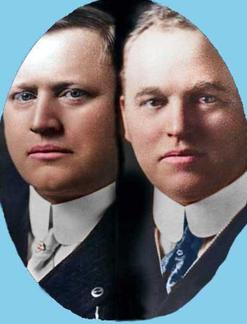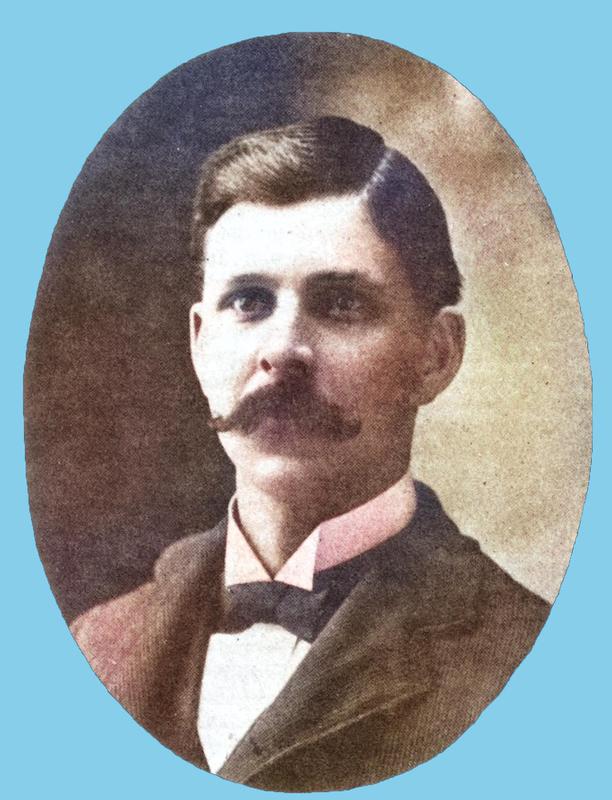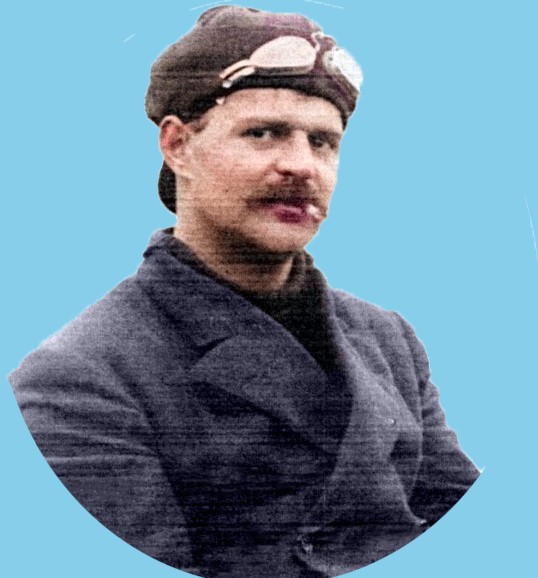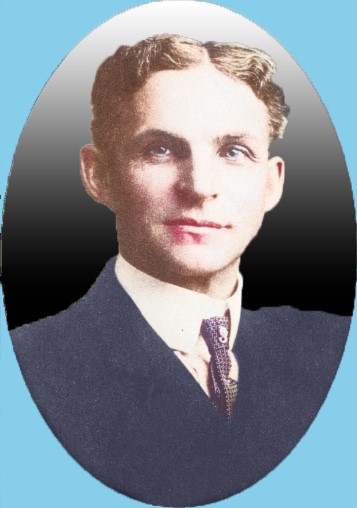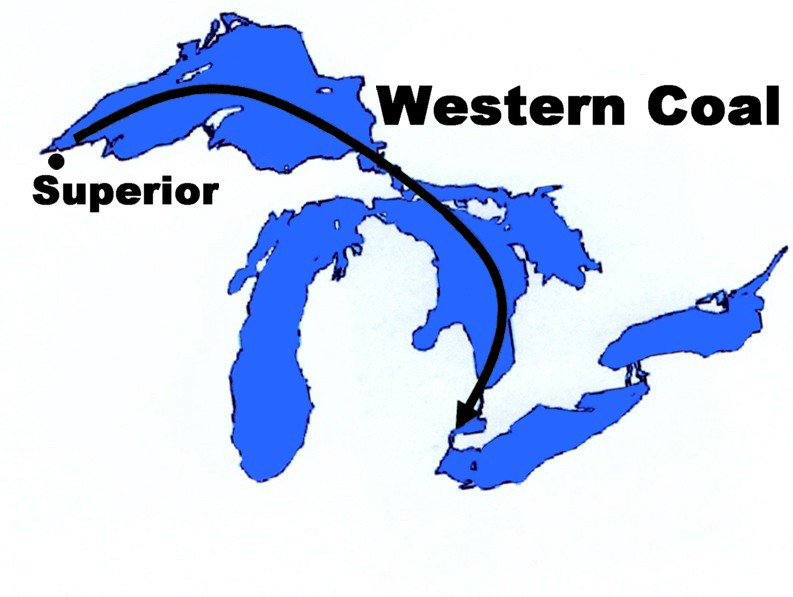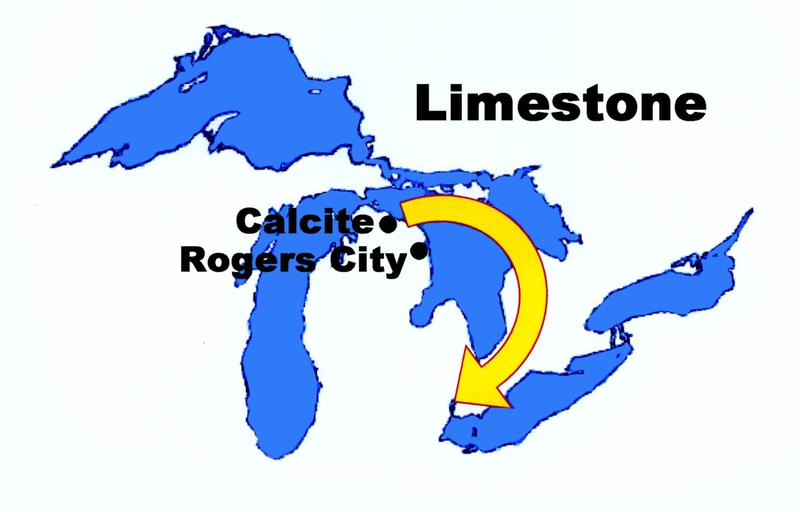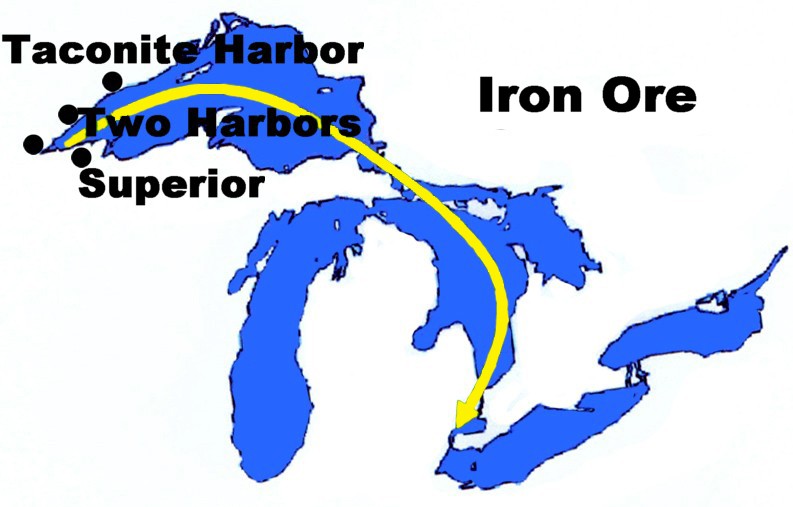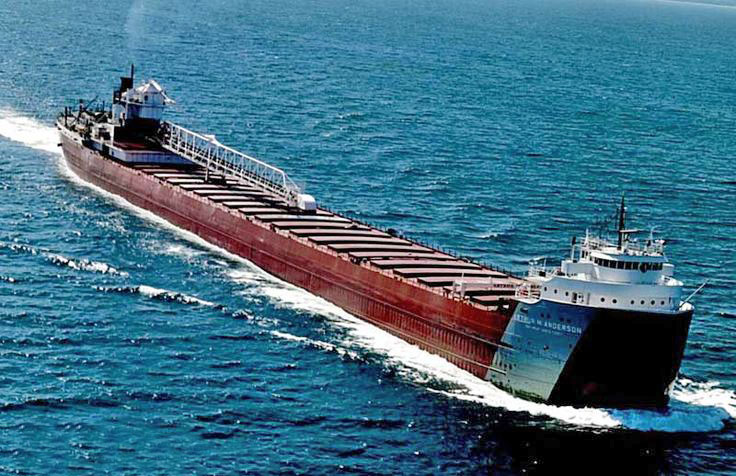Motorized Mayhem
The year 1896 proved to be the linchpin of Michigan's modern history. Michigan led the country in lumber production for decades following the Civil War but by the turn of the century Michigan forests had been depleted. As the lumberjacks packed up their axes and prepared to move westward again, in a last fleeting act they passed the baton of destiny to the auto barons and there to receive it on their behest was a resolute young Irishman named Henry Ford.
Henry's famous first ride down Detroit's Bagley Avenue in June of 1896, albeit a noisy one, seemed to go relatively unnoticed by his neighbors who were perusing the street. They were quite used to the crazy Irishman tinkering with his noisy contraptions. This one actually moved without a horse. Unbeknown to them they were witnessing a unique evolution, not only for the country but for society. Henry Ford would put the world on wheels and in that one raucous puff of smoke, life as they knew it had changed forever.
Detroit was a city custom made to support the peculiarities of automobile production. The city was already heavily laced with shops and mills for building horse carriages, gasoline engines were being produced for yachts and the iron stove industry had for years registered a heavy presence. To now ask a talented pool of machinists, fabricators and engineers to produce a transmission or a tiller required only the design.
Although the individuals are gone their names and legends linger on through time. These men were the foundation of the automotive industry, and thus Detroit, but it was Henry Ford they were all chasing. Ford's incredible ingenuity and business acumen enabled him to dominate the industry and for decades he and he alone was the emperor of the automotive world. Oddly enough, all these men had very poor formal educations but through shear willpower became world famous. These are the faces that helped build Detroit and gave it the time-honored moniker "The Motor City."
The Faces of Old Detroit
Why Detroit?
Perhaps the easiest way to answer this question is with a further question. What are cars made of? The engine is steel, the frame is steel, the body is steel, the axles are steel. Subsequently an automotive manufacturing industry must have ready access to large quantities of steel.
The three ingredients for steel: Coal, which is baked into Coke, Iron Ore and Limestone and there proximity to Detroit.
The Great Lakes is the biggest fresh water highway in the world and it was the task of Great Lakes ore carriers like the historic Arthur M. Anderson (below) to bring these ingredients to Detroit to make the steel to make the cars.



